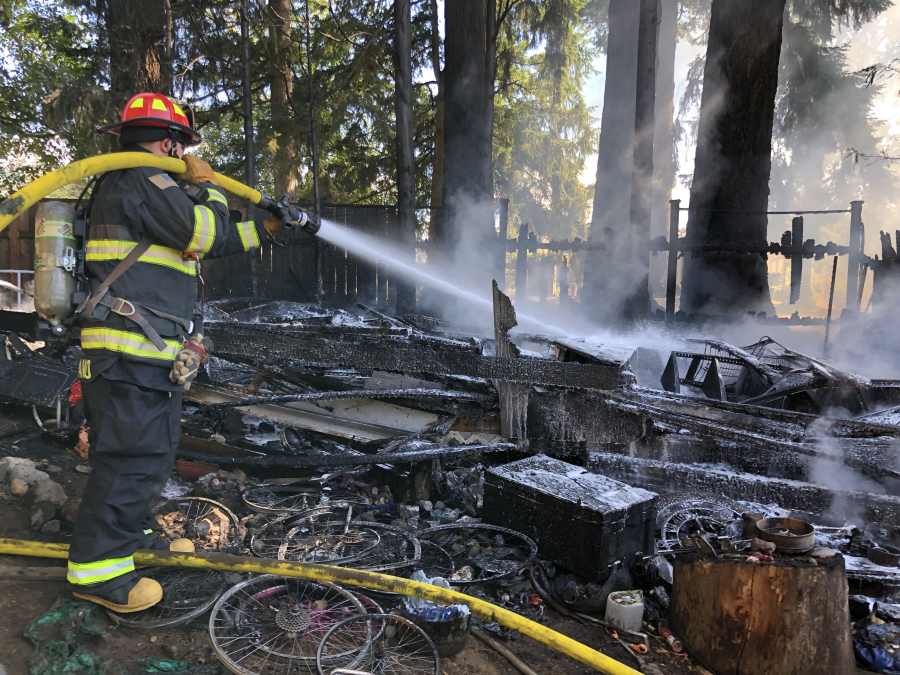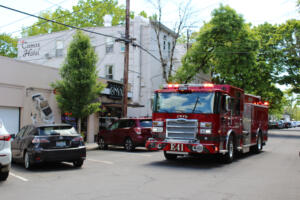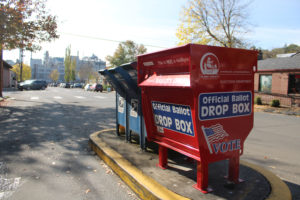The first time Zach Goodman addressed the Camas City Council about firefighter safety was in March 2018, just a few weeks after a two-person Camas-Washougal firefighter crew had pulled a man and his dogs from a burning house.
“I’ve got to say, I’m second-guessing my decision to live here because of the two-person engine crews,” Goodman, a 14-year career firefighter and Camas resident, told city leaders in 2018. “A community like Camas, that is so desirable, especially to families, also has to be safe.”
That safety, Goodman and other firefighter professionals told city councilors in 2018, could only be achieved if city leaders took steps toward hiring enough firefighters to staff three- or four-person engine crews.
“We can save so many lives with three, and certainly with four (firefighters on an engine), instead of two,” Goodman said in 2018.
This week, Goodman again approached the Council. This time, he said, he was glad to see the release of a long-awaited master plan report on the Camas-Washougal Fire Department’s short-term, mid-term and long-term needs.



